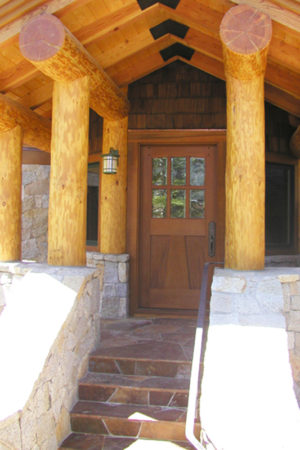
Classic Trends in Door Design
Architectural doors have always been more than functional elements; they’re symbols of design and cultural identity. From the ornate carvings of Victorian doors to the imposing arches of Gothic designs, classic doors often emphasized intricate craftsmanship and grandeur. These designs echoed the architectural movements of their eras, valuing detail and artistry over simplicity.
The Rise of Minimalism in Contemporary Doors
As architectural styles evolved, so did door designs. Modern trends adopt minimalism, favoring clean lines, understated forms, and a focus on function. Contemporary doors often use materials like glass, metal, and sustainably sourced wood to create sleek and sophisticated looks. An excellent example is Berkeley Mills’ Oakland Hills Contemporary Door, which exemplifies the fusion of modern aesthetics with superior craftsmanship.
Innovations in Tailored Door Manufacturing
Advances in technology and manufacturing have reshaped what’s possible in door design. Today, custom doors can integrate intelligent features, advanced security, and energy-efficient materials without compromising style. Berkeley Mills leads the way with its customized designs, offering everything from traditional solid wood doors to avant-garde creations like their award-winning contemporary doors, showcasing the brand's dedication to both tradition and innovation.